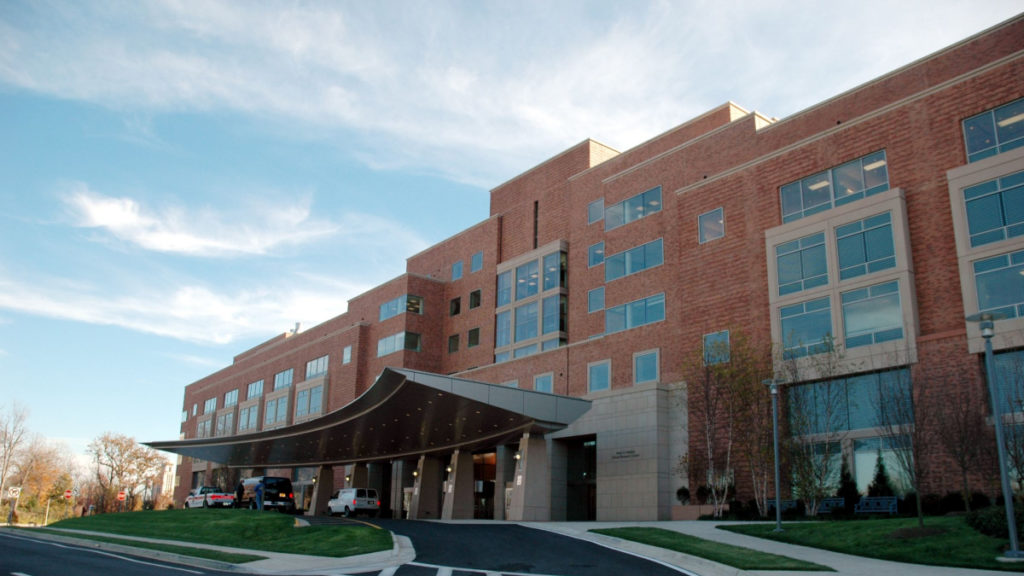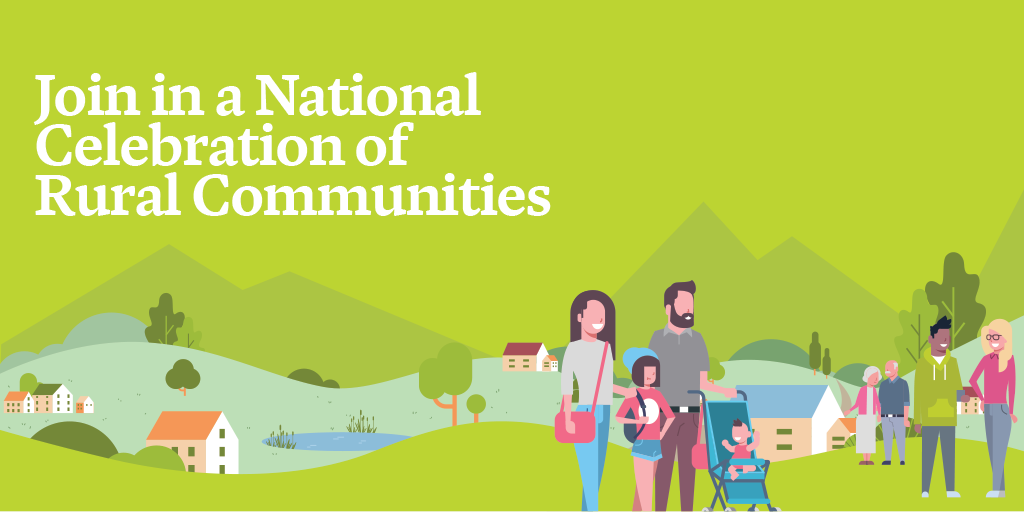One-quarter of Americans live in rural areas, but fewer than 10% of U.S. physicians practice in those communities. This shortage of healthcare professionals in rural areas of our country restricts access to healthcare by limiting the supply of available services.
Residents of rural communities deserve the same quality of care to which their metropolitan peers have access. To compensate for this resource gap, healthcare providers are extending telehealth services.
But these efforts are coming up against an additional resource gap — broadband internet connectivity.
Rural broadband connectivity is essential for telehealth expansion, but of the 61 million people residing in rural areas, only 58% of adults have a reliable, high-speed broadband connection at home. (Compare this to 67% in urban and 70% in suburban areas.)
The debate is no longer whether telehealth access benefits residents of rural communities but what is the most effective and impactful way to connect rural communities to the broadband services necessary to provide telemedicine.
Let’s examine the connection.
Telehealth Expansion Necessitates Broadband Expansion
The lag in broadband connectivity experienced by rural communities comes in many forms, including:
- Less robust or fewer types of broadband infrastructure available,
- High cost of installing broadband infrastructure, and
- Unreliable broadband speeds (required to enable innovations in healthcare).

A recent study found that only 38.6% of the people who live more than a 70-minute drive from a primary care physician subscribe to an internet connection capable of handling telehealth services.
To expand the reach of telehealth services into non-metropolitan communities, we must begin by laying the broadband infrastructure necessary to offer those services.
Broadband Expansion Empowers First Responders
The expansion of broadband coverage benefits emergency responders as well as the citizens they serve.
First responders are essential to the protection of public health and safety. When they enter rural communities, they require reliable connectivity to communicate with one another and seek additional resources for response.

FirstNet has created a predictable network of connectivity in rural communities to empower first responders. FirstNet is a nationwide high-speed wireless broadband network deployed on 20 MHz of high-quality spectrum that is constantly evolving to meet public safety needs.
When not in use for an emergency, the FirstNet network is used for other commercial purposes (though first responders will always have priority over others during an emergency).
Two benefits of the FirstNet and telehealth connection are:
- Enhanced communications for first responders to dispatch an ambulance to a location once the call is received by the consumer/citizen (fairly weak connection).
- The network provides high-quality wireless service to many previously unserved rural areas across the US. This wireless broadband can support telehealth activities like online doctor appointments when not in use for an emergency.
But local communities often lack the resources necessary to bring broadband to their areas. That’s where the federal government can help.
Federal Expansion of Broadband Connectivity and Telehealth Access
Recognizing the need for rural communities to 1) improve broadband access and then 2) establish telehealth provisions, various federal programs have increased opportunities and support for public health organizations to establish broadband connectivity.

There are a number of federal programs providing pathways to affordable broadband. Below are a few that emphasize rural broadband access:
The Office for the Advancement of Telehealth is working to improve health care in rural, urban, and underserved communities. In particular, their telehealth grant programs promote and advance telehealth services in rural areas.
The FCC’s Connect2Health Task Force (C2HFCC) is engaged in ongoing efforts to provide expert input and information to stakeholders from a variety of states throughout the country about the importance of broadband and broadband-enabled technologies (e.g., telemedicine, remote monitoring, etc.) in health care at various telehealth resource center annual conferences.
The Rural Health Care Program (which the FCC also oversees) provides funding to eligible healthcare providers for telecommunications and broadband services necessary for the provision of telehealth. This program aims to improve the quality of healthcare available to patients in rural communities by ensuring eligible healthcare providers have access to telecommunications and broadband services.
The National Map of Telehealth Resource Centers provides assistance, education, and information to organizations and individuals who are actively providing or interested in providing health care at a distance.
The Rural Health Information Hub has created a list of current efforts providing telehealth funding for rural healthcare providers.
The American Connectivity Program (ACP) is a nationwide initiative that helps households afford the broadband they need for work, school, healthcare, and more.
But access isn’t the end of the story.
Digital Literacy’s Impact on Telehealth
Digital literacy refers to a user’s ability to navigate information and communication technologies to find, evaluate, create, and communicate information. This skill is critical when navigating telehealth — like every other skill set, we can teach digital literacy!
It is not enough to simply equip rural communities with broadband infrastructure. To maximize the impact of broadband expansion, users need to understand how to actually use the internet.

Several initiatives are already in place to improve digital literacy, particularly in rural areas. And some digital literacy programs focus on serving marginalized communities in rural areas.
For example, the elderly community are frequent healthcare users and can benefit significantly from improved access to telehealth, but only if they feel confident and comfortable navigating the resource online.
While telehealth and telemedicine are on the upswing in rural America, there’s still much work to be done before equitable access is the norm. So how can you help?
Bringing the Benefits of Telehealth to Rural America
Telehealth is an effective way to combat the harm of reduced resources in rural areas, but only if those communities are connected to the Internet. Establishing robust broadband connectivity in rural communities will strengthen telehealth services that have a direct, positive impact on rural residents.
But getting to a place where all Americans can access broadband and services like telemedicine will take continued care and effort. That’s where you come in.
Do you or your organization work in telehealth?
Do you work to bridge resource gaps like broadband connectivity in rural communities?
Have you struggled with or benefitted from these services as a consumer?
We would love to hear from you and continue the conversation. When we get together to talk about the impact of programs closing the urban-rural healthcare divide, it helps communities understand successful programs and program pitfalls, among other benefits.
Join in the conversation on Twitter or in our LinkedIn or Facebook groups.










